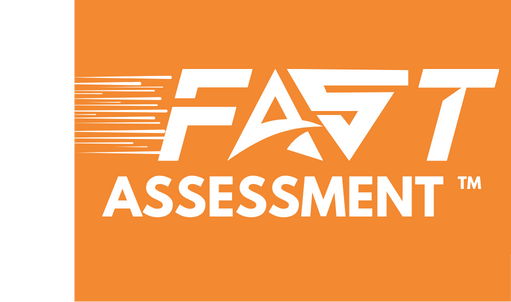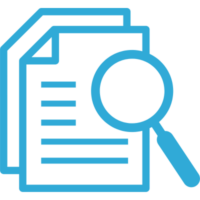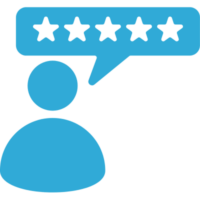
What is a People Plan™️?
A People Plan™️ is:
A people plan is a strategic document and process that outlines the talent acquisition journey for a business as they work toward achieving their 3, 5, or even 10-year vision. It defines the timing, type, number, quality, and culture-fit of the team members that the business needs to hire over that period.
A well-developed people plan allows a business to strategically and proactively acquire great talent rather than reacting to staffing needs after they become urgent.
Connected to the people plan is a clear process that allows businesses to Hire with Confidence™️.
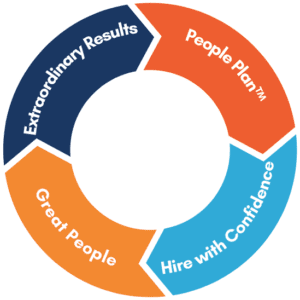
You can’t build a great business without great people. Great people drive extraordinary results.
Alec Broadfoot
CEO, VisionSpark
Not quite ready to chat but know you need a People Plan™ ? We’ve got just the right resource to help you get started! Jump in, and if you need any guidance along the way, we’re only a message away.
How to Build a People Plan™️
To build an effective people plan, there are 7 key steps that every business should follow. Below, we’ll break down these essential components to help you create a winning strategy for your team.
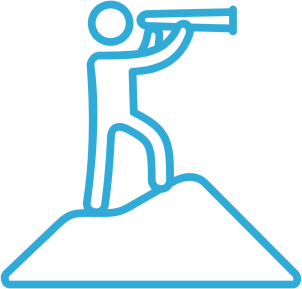
1. Vision
A clear vision is the foundation of any successful people plan. This vision should encompass your business’s goals for profit, revenue, and revenue per headcount, as well as the intended structure of your workforce (e.g., hybrid vs. remote work, and whether you plan to operate locally or nationally).
A well-defined vision acts as a roadmap for hiring. It helps you determine the roles and skills required to meet your long-term business objectives. Additionally, it outlines the timing for when you need to hire these roles to keep the company on track.
2. Leadership Team
Next, evaluate your leadership team using the F.A.S.T assessment. You can take the F.A.S.T Assessment for FREE – Here
Your leadership team is crucial to driving the company toward its long-term goals. The FAST assessment checks if your leadership is:

- Future-proof: Can they anticipate and prepare for future changes in the market or industry?
- Action-oriented: Are they proactive in driving results, or do they hesitate when opportunities arise?
- Scalable: Can they handle the challenges of growth without creating bottlenecks?
- Transformational: Are they leading through innovation and change, or are they resistant to new ideas?
Evaluating your leadership team ensures that you have the right people in place to take the business where it needs to go, helping you identify areas where coaching, development, or replacement might be necessary.
3. Organizational Chart (Sometimes called accountability chart)
An Accountability Chart clearly defines the roles and functions needed to support your business’s future vision. This step involves mapping out all the departments and seats that will exist within the organization over the next 3, 5, or 10 years.
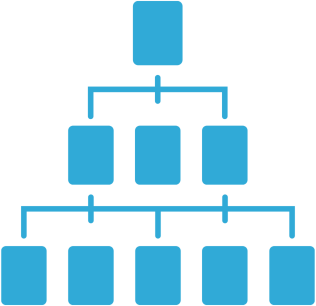
You’ll need to:
- Chart what the company looks like in its future state.
- Define what roles are necessary to support that vision.
- Determine how many employees you’ll need in each department.
An accountability chart clarifies who is responsible for what and ensures that every role is aligned with the company’s strategic goals. For the People Plan™️ we recommend that you design the full accountability/organizational chart for your “big” vision. Not just what’s in front of you over the next 6-12 months. The more you can detail what it looks like in the future, the better you can build a People Plan that is strong enough to get you there.
4. Hiring Sequence
Your hiring sequence determines the order in which you need to hire talent to meet your growth goals. Often, hiring begins from the inside out, starting with:
Your #2 Leader Your leadership team Middle management Front-line team members
In some cases, however, rapid growth can create bottlenecks at the front-line level, which may need to be addressed first. The key is to prioritize your most urgent and important hires to keep the company moving forward smoothly. Sometimes, the front-line or middle-management hire happens first before you evaluate your Leadership team. It’s about being intentional.
Your F.A.S.T Assessment results are critical in developing this section of the People Plan. The only way you’ll reach your vision is when you have a team that can take you there. The F.A.S.T assessment helps distill what you need from your more critical leaders.
Building your hiring sequence ensures that you hire the right people at the right time, preventing overextension or under-hiring during critical growth periods.
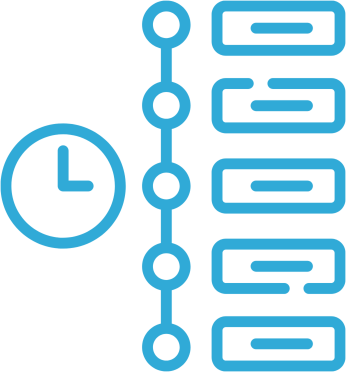
5. Hiring Triggers
Hiring triggers are fiscal or operational milestones that indicate when it’s the right time to bring on new staff. Since hiring increases overhead, it’s essential to balance the company’s growth needs with cash flow and profitability. Key hiring triggers might include:

- Revenue growth milestones: When revenue grows consistently, it’s a good indicator that the business can sustain more staff.
- Profitability benchmarks: Ensuring you’re hitting profit targets before expanding headcount.
- Operational capacity: If your team is reaching capacity, it’s time to hire to maintain quality and efficiency.
By defining these triggers in advance, you ensure that hiring happens at the right time—not too early, which could strain your cash flow, and not too late, which could leave you scrambling for talent.
6. Culture
As you scale, it’s critical to maintain your company’s culture. Without a strong culture, hiring the right people becomes a challenge. Many candidates could fit the job, but only a few will truly fit your culture.
To safeguard your culture, consider implementing a team health program and using tools like TIP™️ assessments or Team Health Workshops at key intervals to ensure that every new hire aligns with your company values and that the team they join works cohesively.

Scaling without a focus on culture can damage your team’s health, leading to high turnover, poor performance, and a less cohesive team.
7. Hiring with Confidence™️
Hiring great people who drive extraordinary results doesn’t happen by accident; it’s the outcome of a meticulous, science-backed process that goes far beyond traditional job descriptions and standard online postings. Hiring with Confidence means relying on a method that combines data, proven assessments, and decades of experience—not just instinct or guesswork.
Your hiring process should involve:
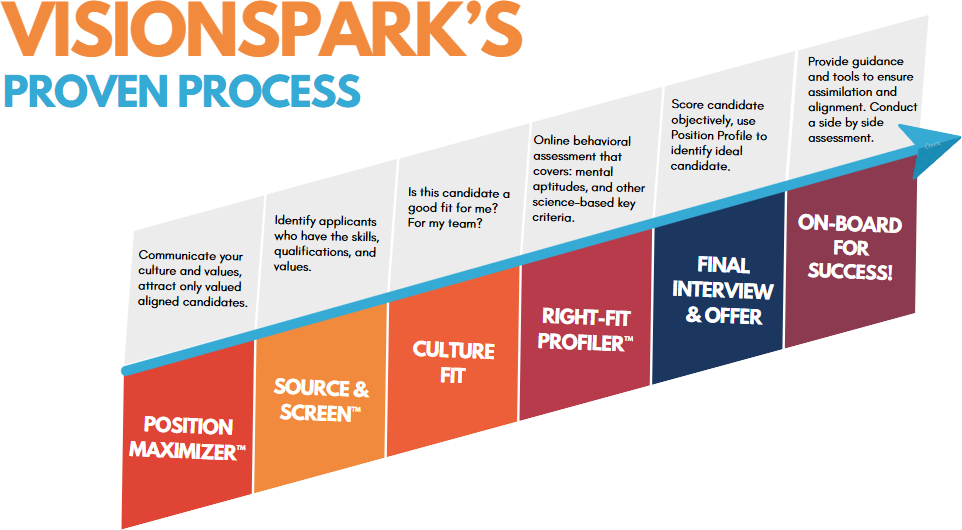
By following these steps—defining a clear vision, assessing leadership fit, creating a precise accountability chart, establishing your hiring priorities, and using reliable hiring triggers—you can hire with confidence, knowing you’re bringing the right talent on board to drive your company forward.
When You Have a People Plan™️ – Results You Can Expect
- Future-proof: Can they anticipate and prepare for future changes in the market or industry?
- Action-oriented: Are they proactive in driving results, or do they hesitate when opportunities arise?
- Scalable: Can they handle the challenges of growth without creating bottlenecks?
- Transformational: Are they leading through innovation and change, or are they resistant to new ideas?
Evaluating your leadership team ensures that you have the right people in place to take the business where it needs to go, helping you identify areas where coaching, development, or replacement might be necessary.
3. Organizational Chart (Sometimes called accountability chart)
An Accountability Chart clearly defines the roles and functions needed to support your business’s future vision. This step involves mapping out all the departments and seats that will exist within the organization over the next 3, 5, or 10 years.

You’ll need to:
- Chart what the company looks like in its future state.
- Define what roles are necessary to support that vision.
- Determine how many employees you’ll need in each department.
An accountability chart clarifies who is responsible for what and ensures that every role is aligned with the company’s strategic goals. For the People Plan™️ we recommend that you design the full accountability/organizational chart for your “big” vision. Not just what’s in front of you over the next 6-12 months. The more you can detail what it looks like in the future, the better you can build a People Plan that is strong enough to get you there.
4. Hiring Sequence
Your hiring sequence determines the order in which you need to hire talent to meet your growth goals. Often, hiring begins from the inside out, starting with:
Your #2 Leader Your leadership team Middle management Front-line team members
In some cases, however, rapid growth can create bottlenecks at the front-line level, which may need to be addressed first. The key is to prioritize your most urgent and important hires to keep the company moving forward smoothly. Sometimes, the front-line or middle-management hire happens first before you evaluate your Leadership team. It’s about being intentional.
Your F.A.S.T Assessment results are critical in developing this section of the People Plan. The only way you’ll reach your vision is when you have a team that can take you there. The F.A.S.T assessment helps distill what you need from your more critical leaders.
Building your hiring sequence ensures that you hire the right people at the right time, preventing overextension or under-hiring during critical growth periods.

5. Hiring Triggers
Hiring triggers are fiscal or operational milestones that indicate when it’s the right time to bring on new staff. Since hiring increases overhead, it’s essential to balance the company’s growth needs with cash flow and profitability. Key hiring triggers might include:

- Revenue growth milestones: When revenue grows consistently, it’s a good indicator that the business can sustain more staff.
- Profitability benchmarks: Ensuring you’re hitting profit targets before expanding headcount.
- Operational capacity: If your team is reaching capacity, it’s time to hire to maintain quality and efficiency.
By defining these triggers in advance, you ensure that hiring happens at the right time—not too early, which could strain your cash flow, and not too late, which could leave you scrambling for talent.
6. Culture
As you scale, it’s critical to maintain your company’s culture. Without a strong culture, hiring the right people becomes a challenge. Many candidates could fit the job, but only a few will truly fit your culture.
To safeguard your culture, consider implementing a team health program and using tools like TIP™️ assessments or Team Health Workshops at key intervals to ensure that every new hire aligns with your company values and that the team they join works cohesively.

Scaling without a focus on culture can damage your team’s health, leading to high turnover, poor performance, and a less cohesive team.
7. Hiring with Confidence™️
Hiring great people who drive extraordinary results doesn’t happen by accident; it’s the outcome of a meticulous, science-backed process that goes far beyond traditional job descriptions and standard online postings. Hiring with Confidence means relying on a method that combines data, proven assessments, and decades of experience—not just instinct or guesswork.
Your hiring process should involve:

By following these steps—defining a clear vision, assessing leadership fit, creating a precise accountability chart, establishing your hiring priorities, and using reliable hiring triggers—you can hire with confidence, knowing you’re bringing the right talent on board to drive your company forward.

